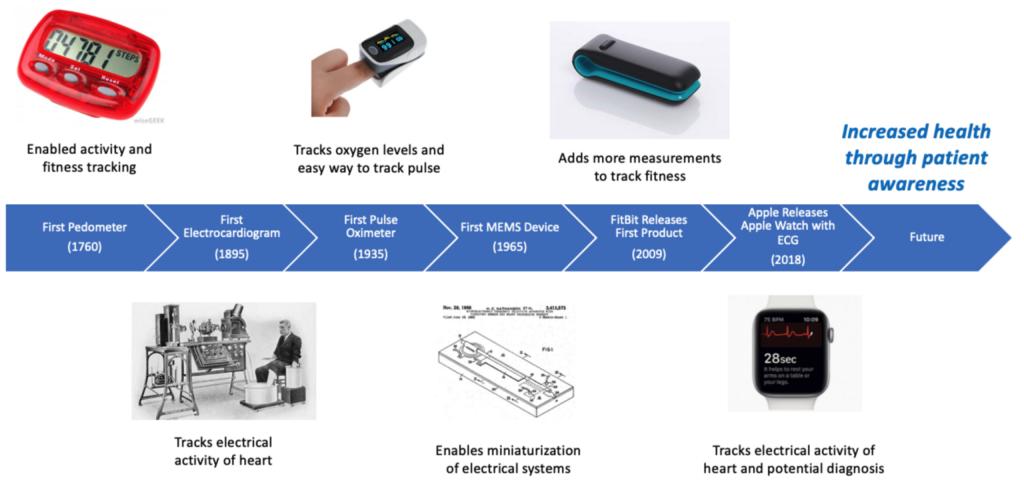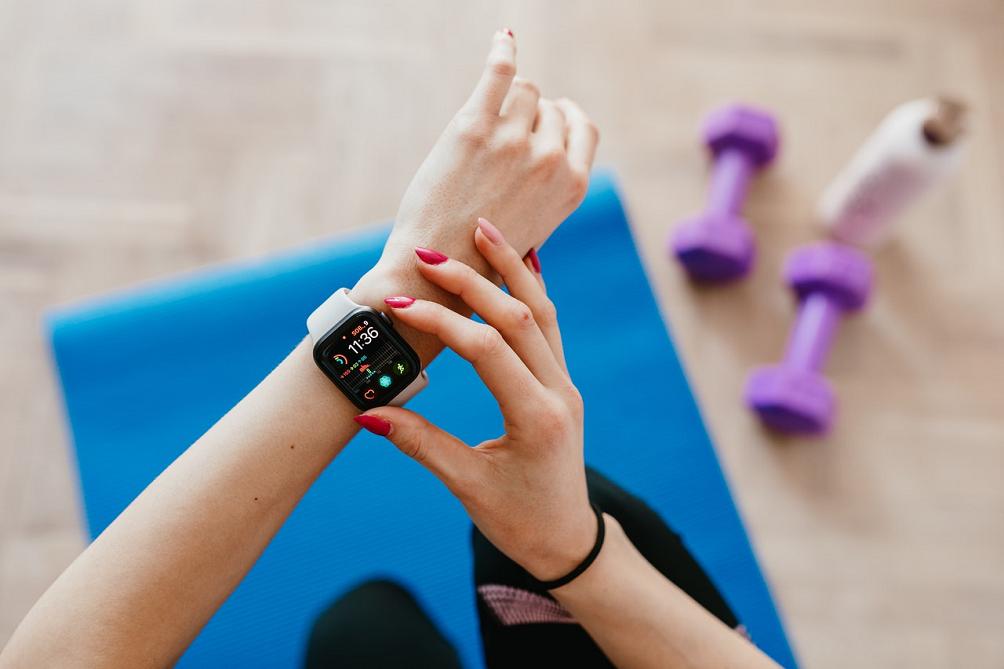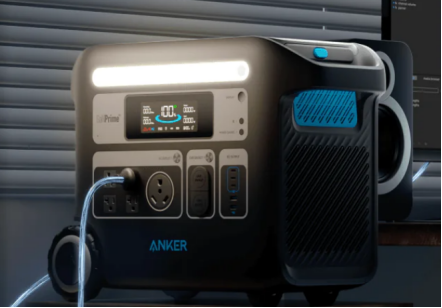
By cuterose
Designing Fitness Wearables for Improved Healthcare
You either own one now or thinking of buying one. And you know others who already have one. It’s probably not something you absolutely need, but you’re tempted anyway as it may do you some good. In other words, a fitness tracker may be in your future.
A fitness or activity tracker is a wristwatch-like wearable that monitors critical physical activity such as your heart rate, and uses it and other physical characteristics to help you monitor your physical activity or condition. With this information, the tracker can predict or determine what your body is doing. Trackers are wearables that implement what has come to be known as preventative healthcare.
Fitness or health trackers are widely used for personal activity monitoring. They count your steps and tell you how many miles you have walked. They indicate your heart rate and suggest that you speed up or slow down your activity for the best physical outcome. They can even give you some feedback on your sleep habits. The whole goal of the tracker is to help you get or stay in good physical shape for health reasons. If used correctly they can improve your quality of life.
Other applications include medical monitoring and sports training. Medical monitoring is used when a person’s physical conditions are critical and should be observed continuously over time to better diagnose the problem and prevent a negative outcome. As for sports training, the tracker can help you train for better performance by observing the patterns of physical conditions over time.
Sponsored Resources:
Dozens of fitness trackers are on the market at very reasonable prices. Popular brands include Fitbit, Garmin, Everlast, Lumo, Misfit, Lintelek, Tom Tom and others. Smartwatches like those from Apple and Samsung incoprorate fitness tracking capability. Prices run from just under $100 to several hundred dollars.
With the proliferation of wearable health monitors among fitness enthusiasts, it may be worth posing the following question: Is the data being produced by these devices always accurate and reliable? Wearable health and fitness monitors can encounter environments not anticipated when they were originally designed. Newer designs offer improvements that provide more correct data.
This first generation of fitness trackers is slowly yielding to newer and better trackers thanks to some technological breakthroughs and developments. Here’s a look at how these clever devices can be improved.
How Fitness Trackers Work
A fitness tracker is a miniature data-acquisition system that uses sensors to detect physical characteristics. The sensor signals are conditioned, and then digitized and stored. A microcontroller processes the stored data and drives a display. And with most trackers, the data is sent wirelessly to a smartphone, where an app collects and analyzes the data, and subsequently presents it in a useful way.
The successful tracker relies on good sensors, ones that measure the desired physical characteristic accurately. The signals are typically very low level, microvolts to millivolts that occur in a fog of noise and interference—50/60-Hz power-line noise is common as is the interference that occurs from ambient lighting.
Adequate collection of the data from these sensors requires signal conditioning such as amplification, filtering, and protection from electrostatic discharge (ESD). Here’s a brief summary of the most common sensors and what they measure.

The figure shows a simplified block diagram of an upscale tracker. The sensors connect to signal-conditioning circuits that amplify, filter, and protect the device from ESD. The signals are digitized by an analog-to-digital converter (ADC). Other conditioning may occur, too. The resulting data signals are passed to an embedded controller that processes the data, stores it in a flash memory, and operates a display. Some variation of the popular Arm Cortex MCU is commonly used.
The sensors, signal-conditioning, and battery-management circuits vie for the most critical part of a tracker.
The display is either an LCD or an OLED type; some are touchscreens. A USB-C interface is usually provided. Note the Bluetooth transceiver—it’s of the Low Energy (LE) type. It talks to a nearby smartphone that accepts the data and puts it into a usable form for display.
One of the most critical parts of the tracker is its power supply. A rechargeable battery is utilized, but its capacity is low due to its small size. There is a built-in charger as well. Battery-management circuits are essential to minimizing current drain and maximizing battery life.
Design Issues
Trackers are sophisticated devices that pack an enormous amount of hardware into a very small package. The number one design concern is battery life. Thus, the need arises for battery-management circuits that help conserve energy. Low-power ICs are essential. And algorithms can determine when to put some circuits in a standby mode if they’re not being used.
One of the limitations irritating to users is dim displays or displays that can’t be seen clearly in sunlight. Brighter displays use too much power, so tradeoffs are a factor in most designs.
A critical design consideration is sensor signal conditioning. That will determine the effectiveness of the tracker. Signal conditioning usually involves external discrete capacitors for filtering, although some new ICs are now available to completely handle the signal conditioning process.
Advances in semiconductor technology have made it possible for a wearable device to measure and record nearly all human-body signals. One company, Maxim Integrated, has successfully addressed the signal conditioning and low-power problems. For example, the MAX30001 is a low-power analog front-end (AFE) that implements the four-electrode biopotential and bioZ circuits for ECG and related measurements. ESD protection is built-in. The internal ADC and other circuits communicate via an SPI interface with the MCU. The device operates from a 1.8-V supply and uses very little current.
Two other Maxim devices, the MAX86140 and MAX86141, implement a complete optical oximeter and heart-rate sensor. It includes an ambient-light cancellation circuit to ensure an accurate measurement. The built-in LED drivers and the port for two photodiode detectors minimize the number of external components. A 19-bit ADC with 128-word FIFO facilitates the link to the external MCU by way of the SPI interface. All of these ICs are available in a wafer-level package (WLP) that solders directly to the main PCB.
If you’re designing a tracker for preventive healthcare and continuous monitoring solutions for wearable health and fitness applications, the MAX86140, MAX86141, and MAX30001 may be a solution to the signal-conditioning dilemma. These compact, low-power devices enable accurate monitoring of vital signs for wellness/fitness and can help prevent health problems before they even begin. These ICs also meet the relevant safety standards such as IEC60601-2-47 for ECG compliance and IEC61000-4-2 for ESD compliance.
To make all of these devices easy to experiment and design with, Maxim offers the hSENSOR platform reference design. It includes the aforementioned interface ICs along with an Arm Cortex-M4F MCU, 32-MB flash, Bluetooth LE radio, and power management all in a 25.4- × 30.5-mm package. It’s a good starting point for a fast time-to-market solution with minimal original design.
Sponsored Resources:
Related References
Click here to learn more about the parts discussed in this article.









